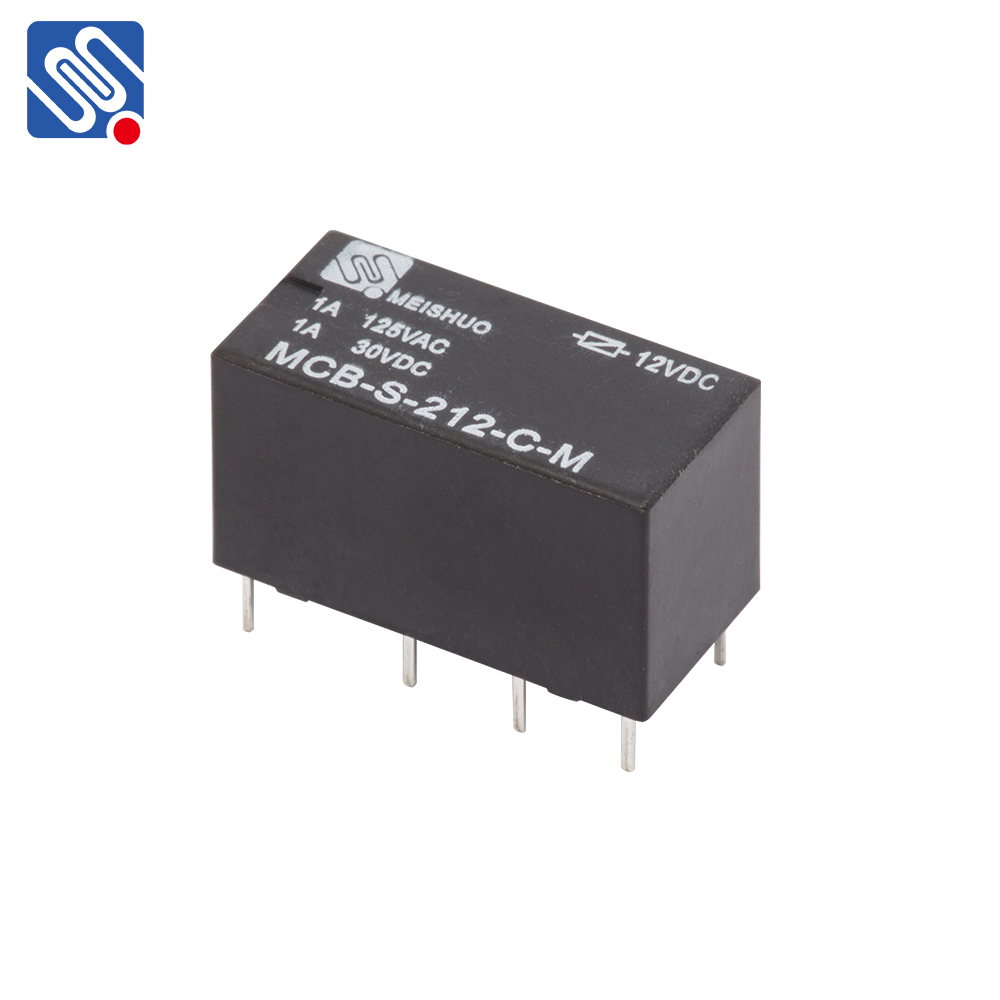Relay signals play a crucial role in the field of electrical engineering and automation, serving as a key component in a wide variety of applications. These signals are generated through the operation of electromechanical devices known as relays. Understanding how relay signals work, their benefits, and their various applications can provide valuable insights into their importance in modern technology.

What Are Relay Signals? A relay is an electrically operated switch that uses an electromagnetic coil to open or close a circuit. When an electrical signal is applied to the coil, it generates a magnetic field that activates a movable armature. This armature then makes contact with one or more sets of terminals, completing the circuit and allowing current to flow. The output signal generated by a relay, referred to as a relay signal, can control larger electrical loads or devices without requiring direct electrical connection to those loads. The Working Principle of Relays The operation of a relay can be broken down into a few fundamental steps: